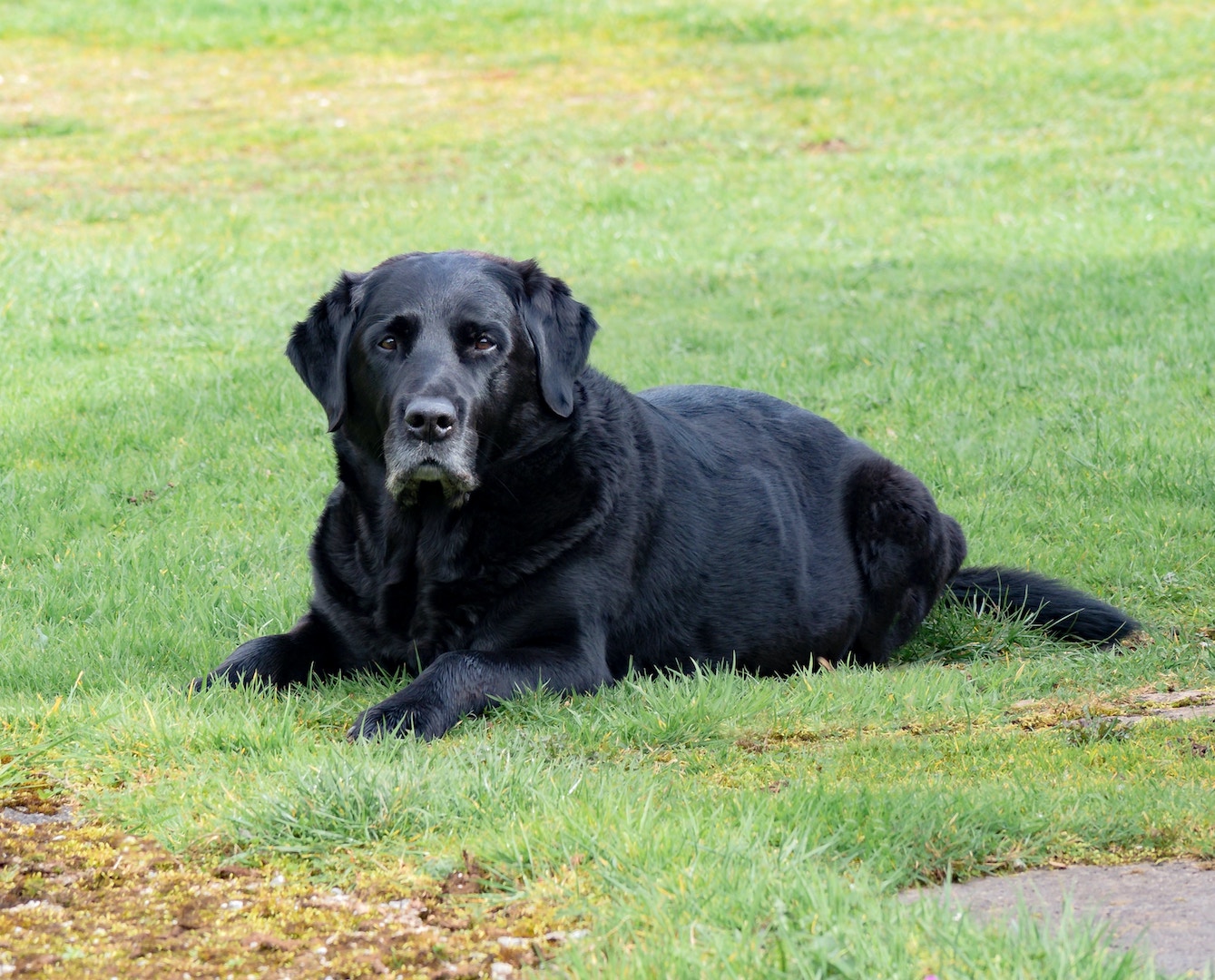Written by Jamie Newton
There is this thing that happens when women speak, and it happens now—even though women can vote, even though laws prohibit sex discrimination, and even though most of us believe in the importance of telling girls they can do anything boys can. It is called the gender credibility gap.
Women’s words enter the universe, mix with all the things we cannot see—like oxygen, carbon, and unchecked sexism—until they reach their destination, sounding like something else entirely.
They sound shrill. Dramatic. Questionable. If you are a woman, you most likely know what I am talking about. And, whatever your gender, if you’re paying attention, you have likely noticed this happen to the women in your life.
What is the Gender Credibility Gap?
But don’t believe that last paragraph: I am a woman and I wrote it. Believe this, because Damon Young wrote it and Damon Young is a man:
“Generally speaking, we (men) do not believe things when they’re told to us by women. Well, women other than our mothers or teachers or any other woman who happens to be an established authority. Do we think women are pathological liars? No. But, does it generally take longer for us to believe something if a woman tells it to us than it would if a man told us the exact same thing? Definitely.”
What Damon Young and I describe here is what scholars and researchers often call the gender credibility gap.
The gender credibility gap refers to the phenomenon in which women are not perceived to be as credible as their male counterparts.
Evidence of the Gender Credibility Gap
The average woman likely understands the gender credibility gap quite well and the validity of her experience is affirmed by research. The gender credibility gap is at work when:
- A jury experiences a male expert witness’ testimony as more trustworthy than the testimony of a female expert
- Allegations of Bill Cosby’s drugging and sexually-assaulting women circulate for years, but no legal action is taken until years later when Hannibal Burress—a male comedian—calls out Cosby for raping women
- Students rate the same online professor as more competent when they believe that a professor is a man versus when they believe that a professor is a woman, the gender credibility gap is at work
The gender credibility gap is in the daily recaps we share over the dinner table, the ideas we express in the classroom and at the conference table, and the issues we raise as concerns.
The gender credibility gap extends well beyond accusations of sexual assault or physical violence. It permeates women’s experiences.
The gender credibility gap is, in many ways, so common as to be invisible, natural, and just life.
My Experience with the Gender Credibility Gap
Take, for example, this interaction I had at a barbeque a few years ago and share in my TEDx talk. I was eating fruit salad, and by that I mean I was drinking sangria, and talking to friends. Before I knew it, a male friend and I—and our debate about women’s rights—were the center of the party. At the time, I was in a graduate program in women and gender studies. I argued what I know—through scholarship and lived experience—to be true. He—a close friend of mine, a good guy—disputed every point.
Then something happened. Another man interjected, repeating the same points I had just made. The first man turned, made direct eye contact with him, listened without interrupting, and began nodding. “Yes!” he said, “Exactly!” And then he turned back to me and said, “See?” The second man did not say anything distinctive. He did not introduce new points. He did not even phrase it much differently than I had.
He was, however, respected, believed, and regarded. He was heard. He was a male.
If you question my experience or the evidence above, I challenge you to ask several women you are close to about the gender credibility gap. Without interrupting or diminishing their stories, ask them if the gender credibility gap resonates with them and if they have personal stories to share. Let the floodgates open!
Where Does the Gender Credibility Gap Come From?
The idea that women are less credible, less trustworthy, and less objective than men is old—so, so old. It’s reflective of a long tradition of gender stereotypes that understand (white) men as the rational norm, the objective analyst, the intellectual paragon. Stereotypes that understand women as the irrational wretch, the emotional observer, and the angry feminist.
Reason is Gendered Male
In fact, many feminist scholars, pointing to the works and legacies of scientists and philosophers, argue that reason and objectivity have been effectively gendered male. This goes way back. In the History of Animals, written in 350 B.C., Aristotle, the so-called Father of Western Philosophy, taught us that women are “more void of shame or self-respect, more false of speech, more deceptive” than men. In Philosophy of Right, published in 1820, Hegel—the main man behind idealism, a guy who influenced Marx, Nietzsche, and Sarte—declared that men are capable of “the self-consciousness of conceptual thought and the volition of the objective final end,” while women are “subjective” and “regulate their actions not by the demands of universality but by arbitrary inclinations and opinions.”
You’re probably thinking, “That was hundreds of years ago. Things are different now.” Most people avow that objectivity, rationality, and intelligence—all the makings of credibility—can be found in women just as they can be found in men. Research suggests that’s idle talk: the concept of reason is still gendered male. A 2016 study published at Yale found that both men and women implicitly associate male with rationality and thinking and female with emotionality and feeling.
Sexism and the Gender Credibility Gap Today
In the twenty-first century, we might wish to say we embrace Aristotle’s contributions to zoology and physics but discard his contributions to patriarchy. That we hold on to Hegel’s idealism but disavow his misogyny. Yet, in many ways, often surreptitiously, we remain primed to hear the words of men as authoritative, objective, downright dependable, and primed to hear the words of women as untenable, shrill, and emotional.
The problem in 2019 is not just that the gender credibility gap exists, but that people do not recognize when it happens. A Pew Research Center survey in 2016 found that 56% of men and 34% of women think that obstacles that once made it harder for women to get ahead are largely gone.
Herein lies the problem: we moved past Aristotle, into a period of time that acknowledged women are not inherently inferior, but never fully graduated into a state beyond that.
We never actually uncoupled women from all the characteristics that defined feminine and inferior. This means that the 19th Amendment could confirm women’s right to vote and laws could be established to prohibit sex discrimination in the workplace and marital rape could be recognized as not only a possibility but a problem. Yet, our shared culture and the underlying assumptions about women that predicated these crimes could still not change. Time passed, and we pretended we came out on the other side. Sexism morphed, yes, but it did not die. Today, a woman points at something, she calls it sexism, and she is dismissed.
The Burden of the Gender Credibility Gap
She is dismissed not because she is a woman, but because she is (presumed) dramatic, emotional, irrational. In other words, because she has all of the (negative) characteristics historically associated with women. Psychological theories of confirmation bias suggest that a woman need not exhibit recurring behavior that is dramatic, emotional, or irrational—she need only be the type of person in which we are used to recognizing those traits. Essentially, the only substantial change in gender relations is syntactical. Where we would have once said, “You can’t believe Anna; she is a woman: subjective and capable only of arbitrary inclinations and opinions,” we now need only say, “You can’t believe Anna; she is subjective and capable only of arbitrary inclinations and opinions.”
Her womanhood is erased, but what her womanhood always stood for is not.
We describe women in all of the same ways he would have; we just do not acknowledge that it is a woman we are describing in those ways. In other words, we rewrote Aristotle’s dictionary but kept his thesaurus.
It was for this reason that I created That’s What She Said, a live storytelling project. Women and girls submit stories of true experiences, and men volunteer to read those stories on stage, for the first time, before live audiences.
That’s What She Said: A New Beginning
Most know the phrase “that’s what she said” as a response to regular, everyday statements, sexualizing garden variety conversation. Made popular by the American version of The Office, “that’s what she said” became what Urban Dictionary calls the “most versatile joke on Earth.” And maybe that’s true—because what a joke that most of us don’t know what she actually said. We weren’t listening, and if we were listening, we were doubting. The entire point of That’s What She Said is to emphasize that women have a whole lot to say, they have been saying it, and things would be a lot different if we actually, really listened.
What’s Next? Epistemic Justice
If you want to dive deeper, look at the gender credibility gap in terms of something called epistemic injustice, a concept proposed by Miranda Fricker, a philosopher who is—get this—not only living but a woman. Epistemic injustice is a wildly-intriguing idea that will not only make you more interesting at dinner parties but probably a little emboldened to have some language for the more amorphous experiences in life.


















